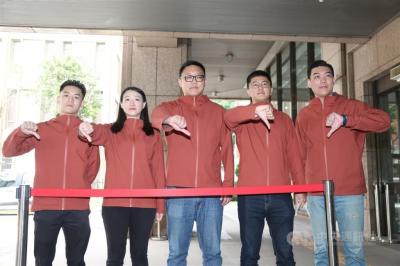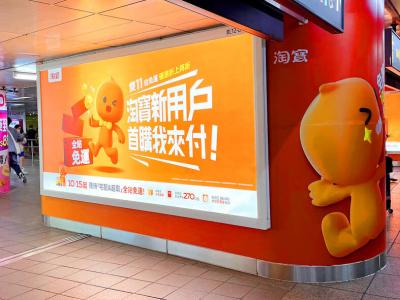An international team of researchers from Taiwan, Australia, India and Bangladesh has successfully developed a method of converting agricultural biomass into commercially valuable chemicals for food and pharmaceutical companies, the Financial Express reported on Monday.
The new method is “significantly cheaper and more environmentally friendly and efficient” than existing conversion methods, because the catalyst materials used are recyclable and the process produces a high yield of valuable chemicals, the Indian English-language newspaper said.
Specifically, the researchers used “raw biomass, such as bagasse, rice husk, wheat straw, cotton stalk, corn cob and low-grade jute from different areas of India and Bangladesh, and converted it into high-value chemicals, such as xylose and arabinose, furfural and HMF [hydroxymethylfurfural],” Shahriar Hossain, a materials scientist at University of Wollongong’s Australian Institute for Innovative Materials, was quoted as saying.
The report quoted Wu Chia-wen (吳嘉文), a professor of chemical engineering at National Taiwan University who was also involved in the project, as saying that such chemicals have widespread uses in the food and pharmaceutical sectors.
“Xylose and arabinose ... can play an important role in the management of blood glucose and insulin levels related to sucrose intake” when used in food products, Wu said.
Furfural can be applied as “fungicides, pesticides, drugs and bioplastics, flavor enhancers,” the report said.
“This discovery will add significant economic value to the agricultural waste materials through industrialization of our technique in Bangladesh and other South Asian countries,” the researchers were quoted as saying.
Researchers from National Taiwan University, Australia’s University of Wollongong, Bangladesh’s Bangabandhu Sheikh Mujibur Rahman Agricultural University and Indian schools were involved in the project.

Taiwan is stepping up plans to create self-sufficient supply chains for combat drones and increase foreign orders from the US to counter China’s numerical superiority, a defense official said on Saturday. Commenting on condition of anonymity, the official said the nation’s armed forces are in agreement with US Admiral Samuel Paparo’s assessment that Taiwan’s military must be prepared to turn the nation’s waters into a “hellscape” for the Chinese People’s Liberation Army (PLA). Paparo, the commander of the US Indo-Pacific Command, reiterated the concept during a Congressional hearing in Washington on Wednesday. He first coined the term in a security conference last

Prosecutors today declined to say who was questioned regarding alleged forgery on petitions to recall Democratic Progressive Party (DPP) legislators, after Chinese-language media earlier reported that members of the Chinese Nationalist Party (KMT) Youth League were brought in for questioning. The Ministry of Justice Investigation Bureau confirmed that two people had been questioned, but did not disclose any further information about the ongoing investigation. KMT Youth League members Lee Hsiao-liang (李孝亮) and Liu Szu-yin (劉思吟) — who are leading the effort to recall DPP caucus chief executive Rosalia Wu (吳思瑤) and Legislator Wu Pei-yi (吳沛憶) — both posted on Facebook saying: “I

The Ministry of Economic Affairs has fined Taobao NT$1.2 million (US$36,912) for advertisements that exceed its approved business scope, requiring the Chinese e-commerce platform to make corrections in the first half of this year or its license may be revoked. Lawmakers have called for stricter enforcement of Chinese e-commerce platforms and measures to prevent China from laundering its goods through Taiwan in response to US President Donald Trump’s heavy tariffs on China. The Legislative Yuan’s Finance Committee met today to discuss policies to prevent China from dumping goods in Taiwan, inviting government agencies to report. Democratic Progressive Party Legislator Kuo Kuo-wen (郭國文) said

The Ministry of Economic Affairs has fined Taobao NT$1.2 million (US$36,900) for advertisements that exceeded its approved business scope and ordered the Chinese e-commerce platform to make corrections in the first half of this year or its license would be revoked. Lawmakers have called for stricter supervision of Chinese e-commerce platforms and more stringent measures to prevent China from laundering its goods through Taiwan as US President Donald Trump’s administration cracks down on origin laundering. The legislature’s Finance Committee yesterday met to discuss policies to prevent China from dumping goods in Taiwan, inviting government agencies to report on the matter. Democratic Progressive Party